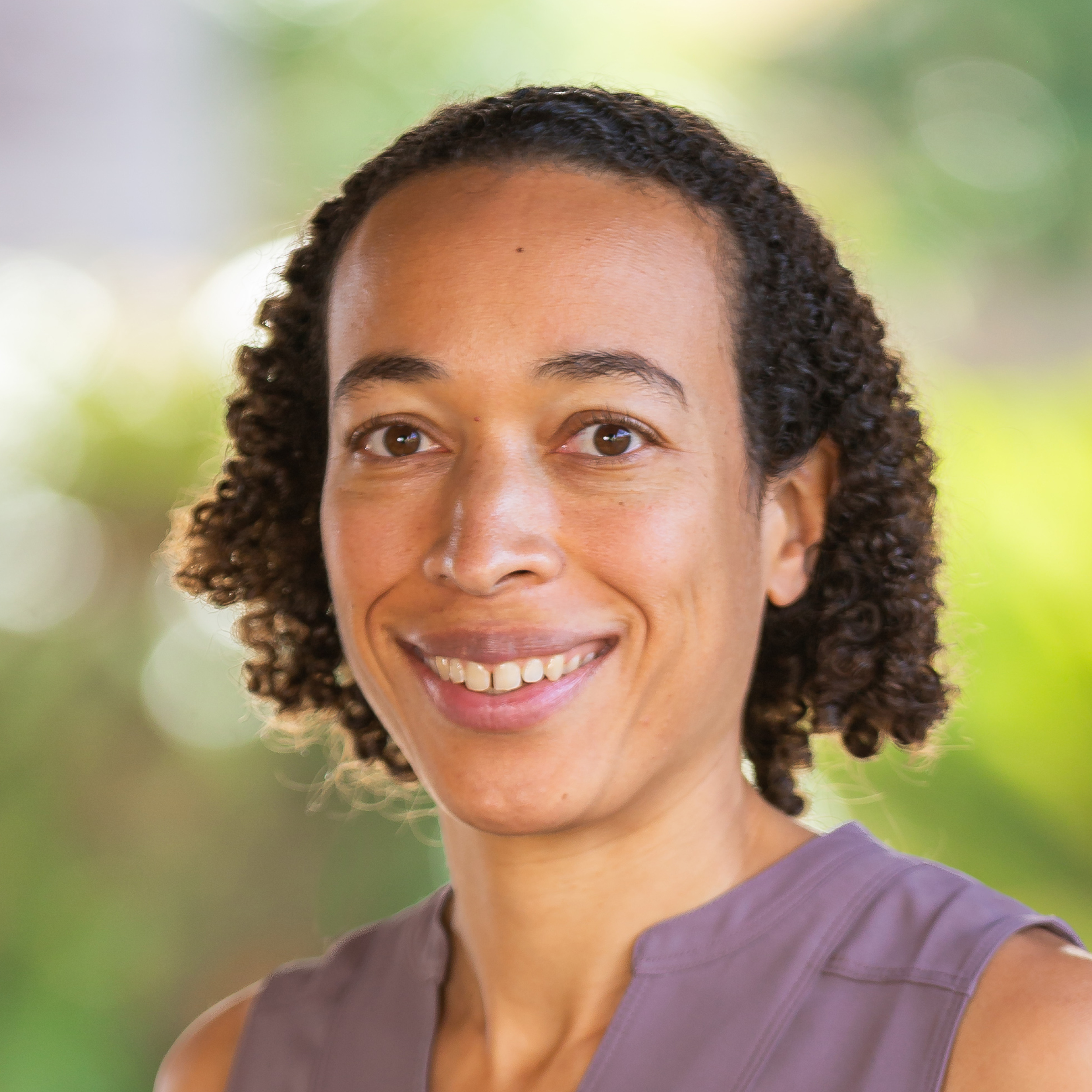
Stanford University | Stanford, California
For groundbreaking research elucidating fundamental properties of matter and energy by using ultracold atoms and their interactions with light.
Monika Schleier-Smith begs to differ. She is a quantum physicist who spends most of her time not at the blackboard but in the laboratory. Often acting as a bridge between theory and experiment, she specializes in devising brilliantly inventive experiments to probe the paradoxes and mysteries of quantum physics. By trapping ultracold atoms with lasers in optical cavities, she examines the sometimes bizarre and nonintuitive realm of quantum properties such as entanglement. Such work is of more than merely academic value: it's key to the development of powerful new technologies such as practical quantum computers with capabilities far beyond today’s devices.
The phenomenon of quantum entanglement, in which two separate particles or groups of particles are linked together in a particular way no matter how far apart they get, is notoriously difficult to study. Such quantum states are fragile and delicate and can collapse at the slightest disturbance due to temperature or other parameters. Schleier-Smith's work has found ways around these limitations to permit the isolation and manipulation of phenomena that were formerly inaccessible to direct study, opening new pathways both for experiment and theory. Through the creative application of ingenious experimental techniques, she has been able to study different varieties of quantum entangled states that can make clocks and sensors more precise and interactions that can be used to encode information in a quantum computer. Her experimental work also lays the foundations for sophisticated simulations of black hole phenomena through a phenomenon called quantum scrambling, and for the development and testing of theories of quantum gravity—the possibility that gravity itself may ultimately be a manifestation of quantum mechanics.
Such original work and achievements already set Schleier-Smith apart from many of her colleagues working in quantum physics, but she has the added distinction of garnering such accomplishments as a young African American woman, still something of a rarity in the field of physics. Apart from her professional work as a researcher and as an associate professor of physics at Stanford University, she is active in outreach and educational efforts as a speaker and panelist. She serves as a shining example and role model to young scientists and all those striving to reach their goals—even if it's something as rare as becoming a quantum physicist.
Schleier-Smith began her scientific career while still a high school student in Virginia, working on nanotechnology research for the MITRE Corporation. She enrolled at Harvard for her undergraduate degree in both physics and chemistry, then completed her doctorate in physics at MIT. After a postdoctoral position at the Max Planck Institute of Quantum Optics and Ludwig Maximilian University in Munich, Germany, she settled into her present position at Stanford, continuing her groundbreaking experimental explorations while guiding the next generation of physicists.
For a young scientist still in the relatively early stages of her career, Schleier-Smith has already achieved an impressive array of awards and other recognition, including being elected an American Physical Society Fellow and an Arthur P. Sloan Research Fellow, and receiving the I.I. Rabi Prize in Atomic, Molecular, and Optical Physics, the Presidential Early Career Award for Scientists and Engineers, and a MacArthur Foundation fellowship (otherwise known as the famed "Genius Grant").
Monika Schleier-Smith has solidly established herself as one of the premier experimental physicists of her generation, a major creative force in the intersecting realms of atomic, molecular, and optical (AMO) physics and their important connections (or perhaps one could say, "entanglement") with quantum physics and information science. The record she has already established clearly points to a bright future of ever greater achievements, a solid foundation which promises new discovery and innovation at the very frontiers of science and technology.
Information as of March 2023

